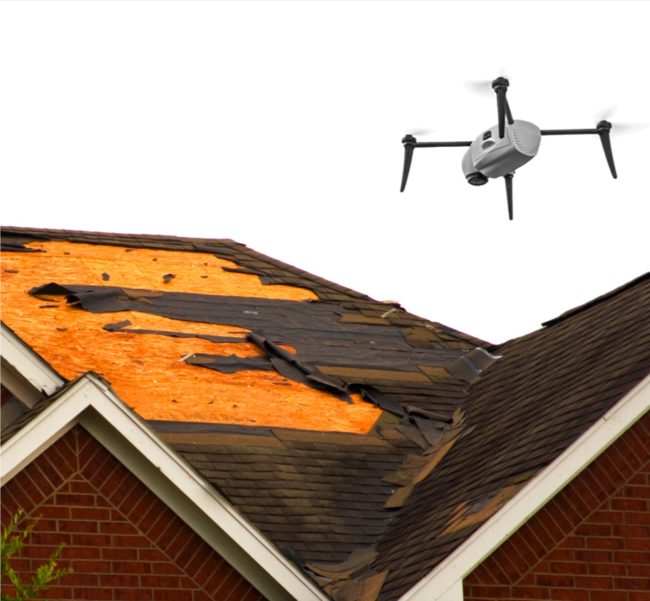According to roof inspection companies, using a drone allows them to finish jobs three times faster than if they did them using traditional methods. This capability also lets them offer more premium services because they can commit to shorter turnover times and more detailed roof inspections reports.
Nationwide, they cost an average of $150 to $400. The inspector flies a drone equipped with a camera over the roof, capturing close-up footage of all surfaces for the expert to analyze.
Call us : (315) 926 1777
Email: info@skyroofmeasure.com
Do roofers use drones?
Drones Get the Job Done Faster
Any roof inspection requires a great deal of planning and preparation. Much of this is dedicated to ensuring the safety and compliance of workers.
With drones, however, it’s easier to carry out an inspection shortly after a client makes the request. Because drones don’t mount and climb access equipment, drone-based examinations begin immediately and take a fraction of the time of conventional methods.
Additionally, drones can transmit data to the inspection team immediately, which allows for faster report generation and less risk.
Features to look for in a drone for roof inspection:
- Flight stability – One of the most important features for drone roof inspection is stability. The drone must withstand the prevailing weather conditions including moderate and strong winds.
- High-resolution camera – When doing a roof inspection, you would want your videos and photos to be as detailed as possible. Nowadays, recording videos for professional use at a resolution below 4k is already unacceptable.
- Obstacle avoidance systems – To capture detailed shots or footage of a roof. Drone must fly close and low. It is not recommended to a drone to fly autonomously if it doesn’t come equipped with a good obstacle avoidance system.
- Thermal Camera – Thermal imaging cameras of drones allows inspectors to scan large areas for moisture trapped underneath roof membranes and look for the effects of structural issues. The thermal camera detects this temperature difference and displays it as colors – for example, dark tones indicating cold moisture or light tones indicating heat escaping through the uninsulated roof.
- GPS guidance/Satellite Positioning – Not only does it make controlling your drone much easier, but it also paves the road for many other advanced features which can be of great help, especially for a roof inspection. GPS allows several other smart flight modes including Orbit, Follow Mode, Waypoints etc.
- Long battery life – The longer the battery the better. Any drone that can fly for 25 minutes or more on a single battery cycle should do.









